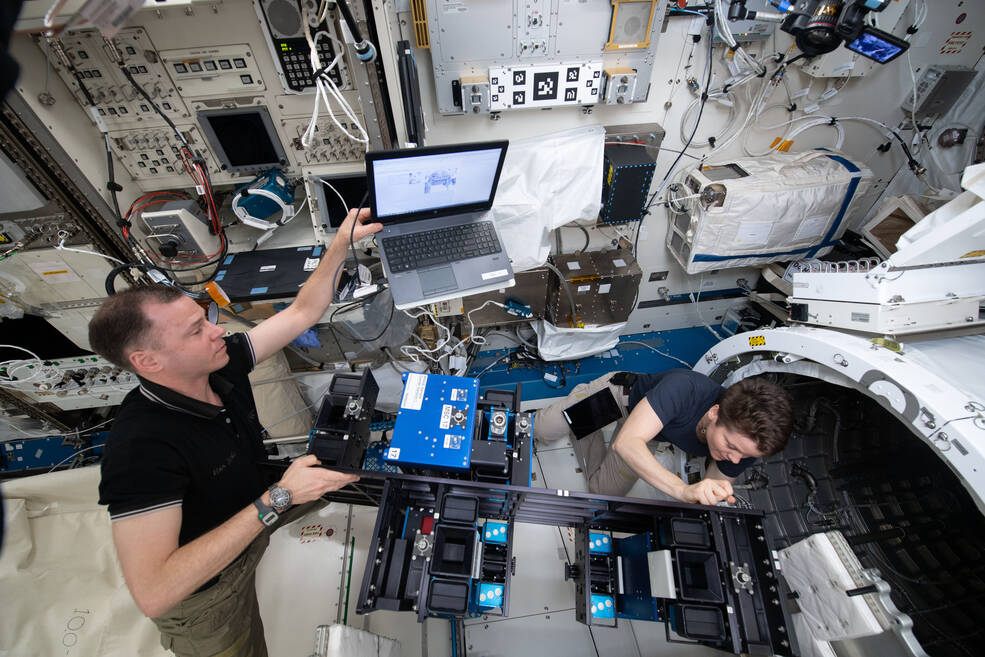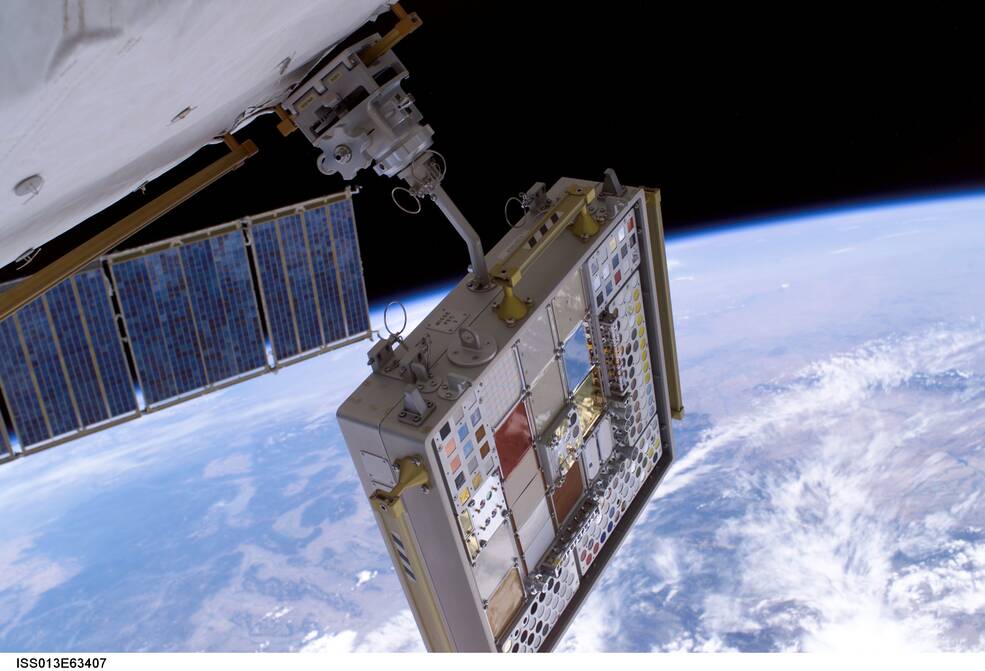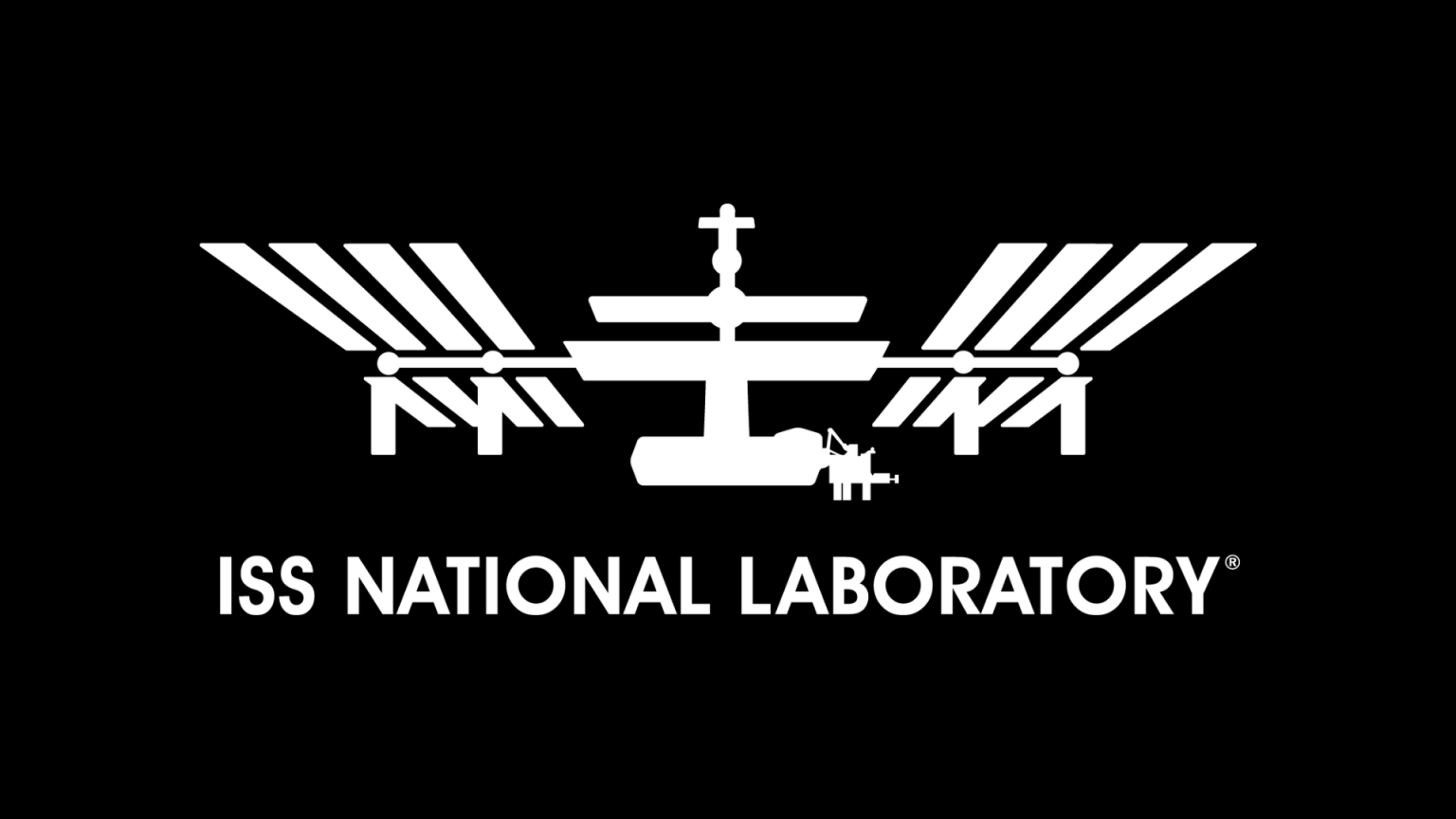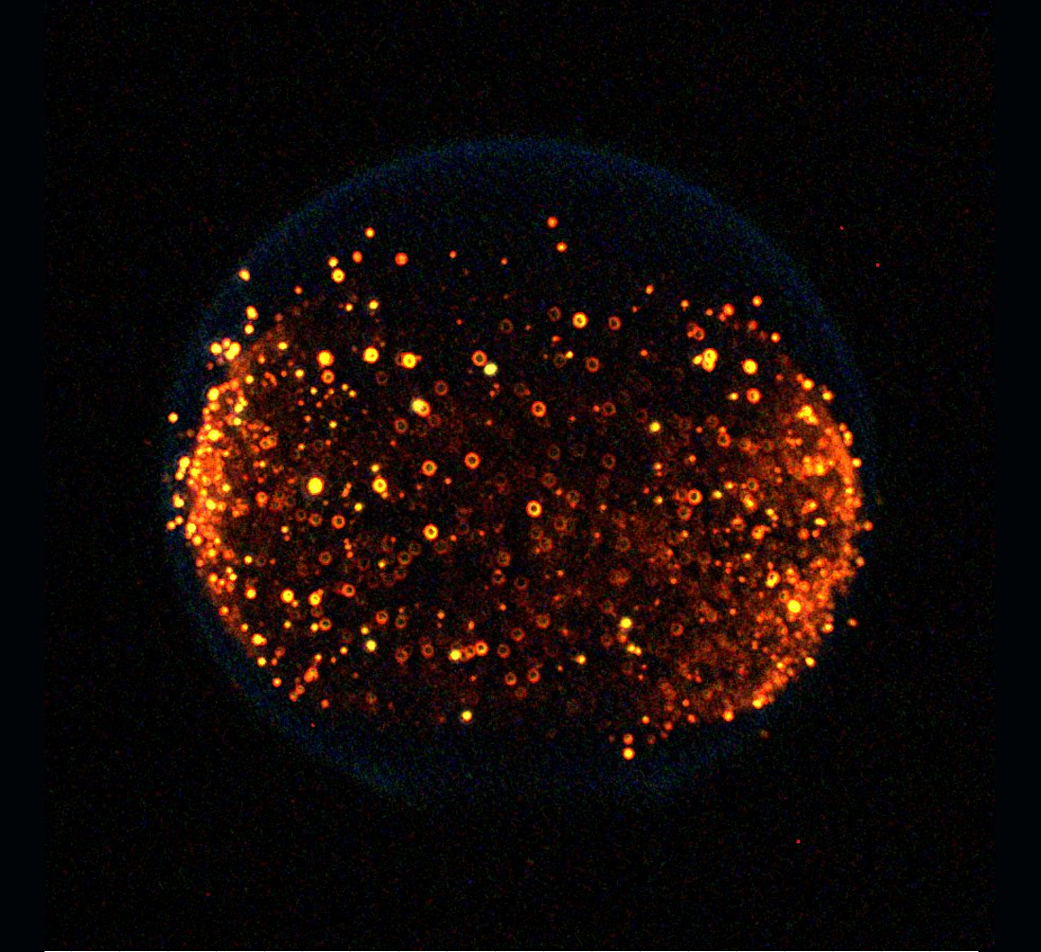Crew members aboard the International Space Station conducted a variety of scientific investigations during the week ending Sept. 22, 2023, including conducting MISSE-18.
Materials International Space Station Experiment (MISSE) is a series of investigations, sponsored by the ISS National Lab, analyzing how exposure to space affects specific materials and components. The MISSE facility is used by NASA, other governmental entities, and commercial users. The latest launch in the series includes MISSE-18-NASA, which tests coatings, a lunar regolith or dust simulant, and other materials with potential for use in future spacecraft, spacesuits, and other components needed for research and space exploration. Materials tested by MISSE-18-Commercial include imaging sensors, window coatings, 3D printed polymers, and electronic components.
The first MISSE facility operated from 2001 until 2016. The current platform, installed in 2018, has high-definition cameras that periodically photograph all items on the exposure decks and sensors to record environmental conditions such as temperature, radiation, and atomic oxygen exposure. Astronauts send MISSE Sample Carriers (MSCs) through the station’s JEM airlock and use robotic arms to install them onto the facility. All materials are brought back to the ground for post flight analysis as well.
Various coating materials used to protect surfaces in space from erosion can be damaged by micrometeorites or crack due to temperature extremes. Materials tested by the MISSE-3 and 4 experiments included a polymer film with additives containing either aluminum or boron, designed to interact with the atomic oxygen in Earth’s upper atmosphere to form a metal oxide coating. Results showed that the addition of aluminum greatly enhanced the film’s resistance to erosion by atomic oxygen.
MISSE-7 tested hundreds of materials that could be used in reusable launch systems and advanced spacecraft including sensors, electronics, and structural materials. Researchers found that special coatings on solar cells showed little effect from exposure to UV radiation and atomic oxygen, an important step toward developing protective coatings for solar arrays on extended space missions.
MISSE-5 investigations tested the performance of 39 advanced solar cells and a variety of materials. The solar cell technologies showed satisfactory performance and no obvious signs of degradation. Researchers found loss of strength in the majority of the polymer materials tested and report increased brittleness and cracking in nearly half of the thin film polymers.
MISSE-6A and 6B tested more than 400 materials, including collagens and silks. One of the findings from this investigation is that about 15% of the collagen and silk materials experienced etching by particles such as atomic oxygen and that more than 80% of the materials were structurally changed by radiation. This family of spun materials, the most mechanically robust found in nature, is used in textiles, foods, and medical devices. It has potential for use in space-related applications due to its environmental and biological compatibility.
Materials tested by MISSE-9 included a shear-thickening fluid-treated space suit material. As humans travel farther into space and explore surfaces such as the Moon and Mars, spacesuits must withstand harsher conditions, including regolith or dust that can work its way inside a suit, sharp rocks that could puncture the material, and greater temperature extremes. Shear-thickening fluids are suspensions of nano-sized particles in a fluid that react to stress by rapidly transforming from a liquid-like state into a solid-like one. MISSE-9 researchers report that the materials maintained their mechanical performance characteristics and showed puncture resistance after extended exposure.
Two MISSE investigations looked specifically at the effects of radiation. MISSE-12-NASA tested a new radiation shielding structural composite that showed high strength and excellent potential for radiation shielding. MISSE-13 tested perovskite thin films encapsulated in silicone and found superior photo-stability and no irreversible radiation damage, along with other suitable qualities. These thin films show promise for use in solar cells in space due to their low-cost, high performance, and defect and radiation tolerance.
The ESA (European Space Agency) EXPOSE-R2 facility is another platform used to test samples in space. ESA investigations BOSS and BIOMEX used it to determine whether microorganisms could repair DNA damage resulting from space exposure. Results suggest that they can, which increases the potential for using such organisms to support human settlements. The BIOMEX investigation also found signs of life in fungi that contain melanin pigment after 16 months of exposure to space. This pigment may play a role in cellular resistance to extreme conditions, including radiation, and could be used as radiation protection on future deep space missions.
A series of experiments from JAXA (Japan Aerospace Exploration Agency) known as Tanpopo exposed microbes and organic compounds to space to test the “panspermia” hypothesis of the transport of life among celestial bodies. Based on DNA damage and repair, results support the possibility that microbes could travel among planets in the form of pellets or aggregates of microbial cells. Space-exposed Deinococcus aetherius survived UV radiation, also supporting the panspermia hypothesis, and Deinococcus radiodurans managed long-term exposure at UV wavelengths mirroring the spectrum of Mars, which has implications for interplanetary travel and sterilization on future missions.
Tests performed on the space station’s exposure platforms help ensure that the materials and systems used for future exploration can get the job done and helps speed the development and availability of these new technologies. In addition, materials that can withstand the harsh environment of space have many potential applications on Earth, including increasing the effectiveness of protective coating materials and enhancing radiation protection.

































